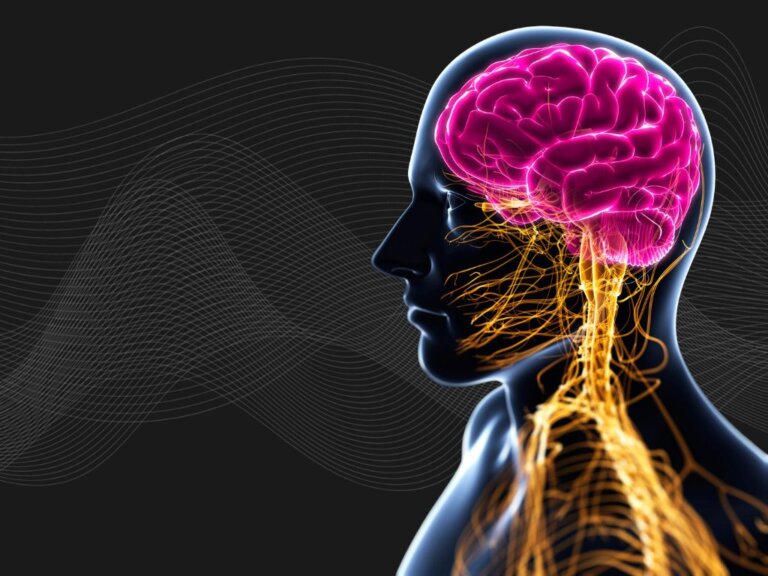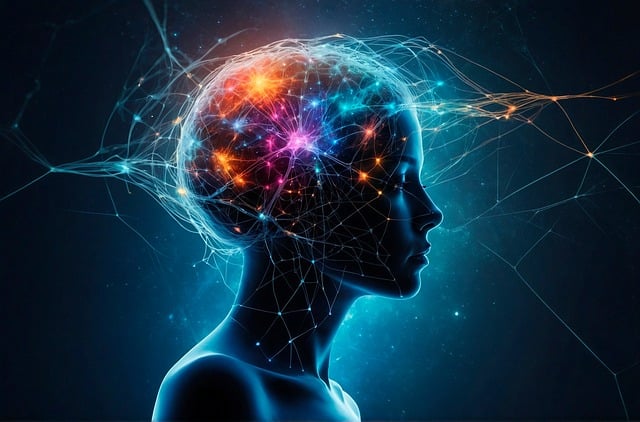We believe in professional growth of Physiotherapists with high technology!
High Technology for Physiotherapists!

In today’s world, technology plays an important role in our lives. Out of all of the industries that technology plays a crucial role in healthcare is definitely one of the most important.
In Physiotherapy, innovation plays a crucial role in sustaining health. From “small” innovations like tapes and ankle braces to larger complex devices such as 3D analysis of gait, robotic therapy, virtual reality and smart devices like Celtron, technology has undoubtedly made an incredible impact on Physiotherapy.
As a result of the development of these brilliant innovations, practitioners can continue to find ways to improve their practice – from better diagnosis, treatment procedures, and improved patient care.
This blog will focus on the importance of knowing the new advances in the field along with brief information about the high technology devices available in the field of physiotherapy.
How does technology benefit physical therapy?
- Technological advancements help therapists diagnose more precisely.
- Increase clinical efficiencies.
- Improve patient engagement.
- Greater patient care.
- Ease of workflow.
- Faster clinical results.
- Strengthen the relationship between health care providers and patients.
- Improving efficiency and quality of health care.
- Data storage,documentation and research.
Latest devices in Physiotherapy
Robotic Therapy-
Robots for neuro-rehabilitation are designed to support the administration of physical exercises to the upper or lower extremities, with the purpose of promoting neuro-motor recovery. Robot devices for rehabilitation differ widely in terms of mechanical design, number of degrees of freedom, and control architectures. As regards the mechanical design, robots may have either a single point of interaction (i.e., end effector) with the user body (endpoint robots) or multiple points of interaction (exoskeletons and wearable robots).1
3D-Gait Analysis-
Three-dimensional gait analysis is a non-invasive method of accurately measuring the way you move. Small, spherical reflective markers are attached to your body and the three-dimensional positions of these markers are measured using infrared cameras as you move. Real Time gait retraining, optimize injury rehabilitation and footwear choice
Virtual Reality-
Defined as a “computer-based technology that allows users to interact with a multisensory simulated environment and receive ‘real-time’ feedback on performance”. The interactive games are designed to provide the patient with real-life scenarios and activities relevant to daily living.
Quantum Resonance Therapy –
This is an innovative therapy designed by Quantesla. The name of the device is Celtron. This is India’s first smart device which consists of combination of two therapies Pulsed Electromagnetic therapy and MMO (Magneto Mechanical Oscillator). Additional feature of this device is iData for data synchronization which can allow the therapist to store the data for conducting research and analysis.
Thanks to the continued development in the field of Physiotherapy, it is allowing better patient recovery and overall quality of life continues to improve over time!
In today’s world, technology plays an important role in our lives. Out of all of the industries that technology plays a crucial role in healthcare is definitely one of the most important.
In Physiotherapy, innovation plays a crucial role in sustaining health. From “small” innovations like tapes and ankle braces to larger complex devices such as 3D analysis of gait, robotic therapy, virtual reality and smart devices like Celtron, technology has undoubtedly made an incredible impact on Physiotherapy.
As a result of the development of these brilliant innovations, practitioners can continue to find ways to improve their practice – from better diagnosis, treatment procedures, and improved patient care.
This blog will focus on the importance of knowing the new advances in the field along with brief information about the high technology devices available in the field of physiotherapy.
How does technology benefit physical therapy?
- Technological advancements help therapists diagnose more precisely.
- Increase clinical efficiencies.
- Improve patient engagement.
- Greater patient care.
- Ease of workflow.
- Faster clinical results.
- Strengthen the relationship between health care providers and patients.
- Improving efficiency and quality of health care.
- Data storage,documentation and research.
Latest devices in Physiotherapy
Robotic Therapy-
Robots for neuro-rehabilitation are designed to support the administration of physical exercises to the upper or lower extremities, with the purpose of promoting neuro-motor recovery. Robot devices for rehabilitation differ widely in terms of mechanical design, number of degrees of freedom, and control architectures. As regards the mechanical design, robots may have either a single point of interaction (i.e., end effector) with the user body (endpoint robots) or multiple points of interaction (exoskeletons and wearable robots).1
3D-Gait Analysis-
Three-dimensional gait analysis is a non-invasive method of accurately measuring the way you move. Small, spherical reflective markers are attached to your body and the three-dimensional positions of these markers are measured using infrared cameras as you move. Real Time gait retraining, optimize injury rehabilitation and footwear choice
Virtual Reality-
Defined as a “computer-based technology that allows users to interact with a multisensory simulated environment and receive ‘real-time’ feedback on performance”. The interactive games are designed to provide the patient with real-life scenarios and activities relevant to daily living.
Quantum Resonance Therapy –
This is an innovative therapy designed by Quantesla. The name of the device is Celtron. This is India’s first smart device which consists of combination of two therapies Pulsed Electromagnetic therapy and MMO (Magneto Mechanical Oscillator). Additional feature of this device is iData for data synchronization which can allow the therapist to store the data for conducting research and analysis.







